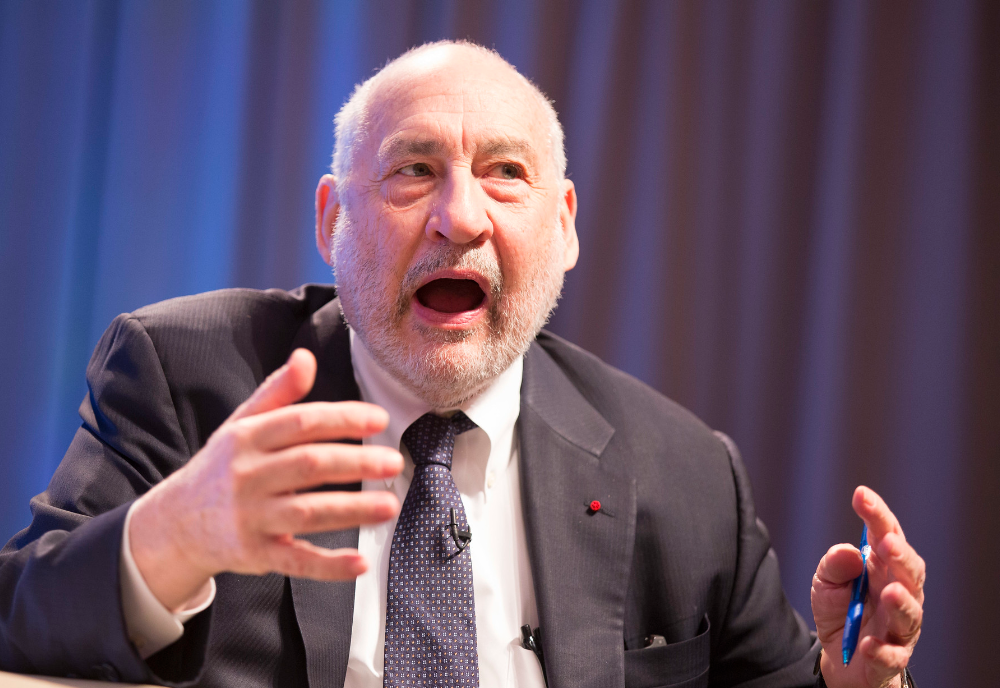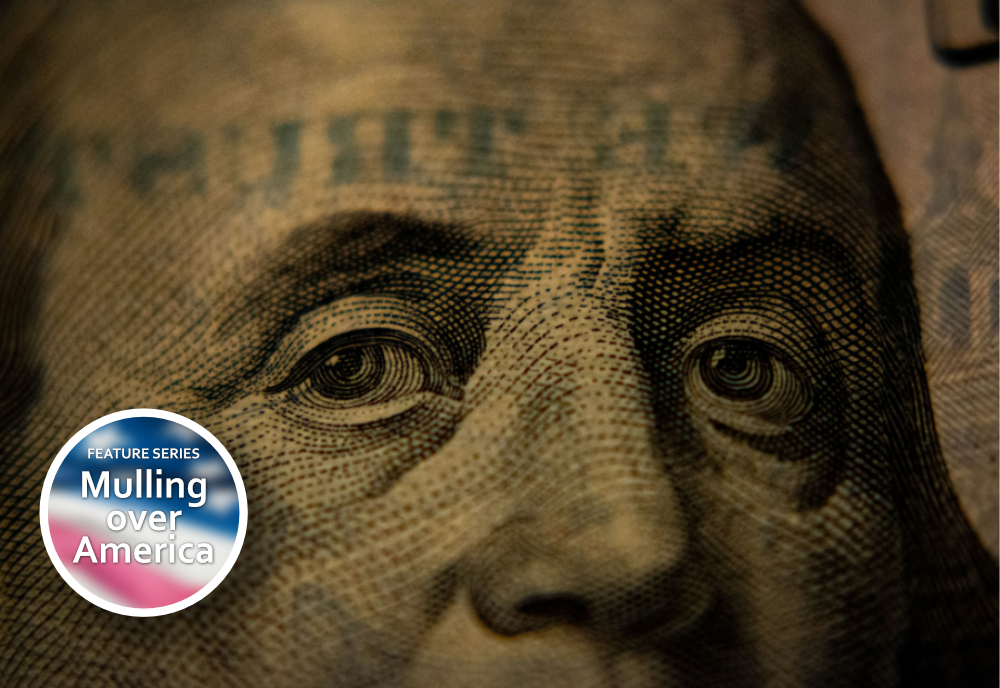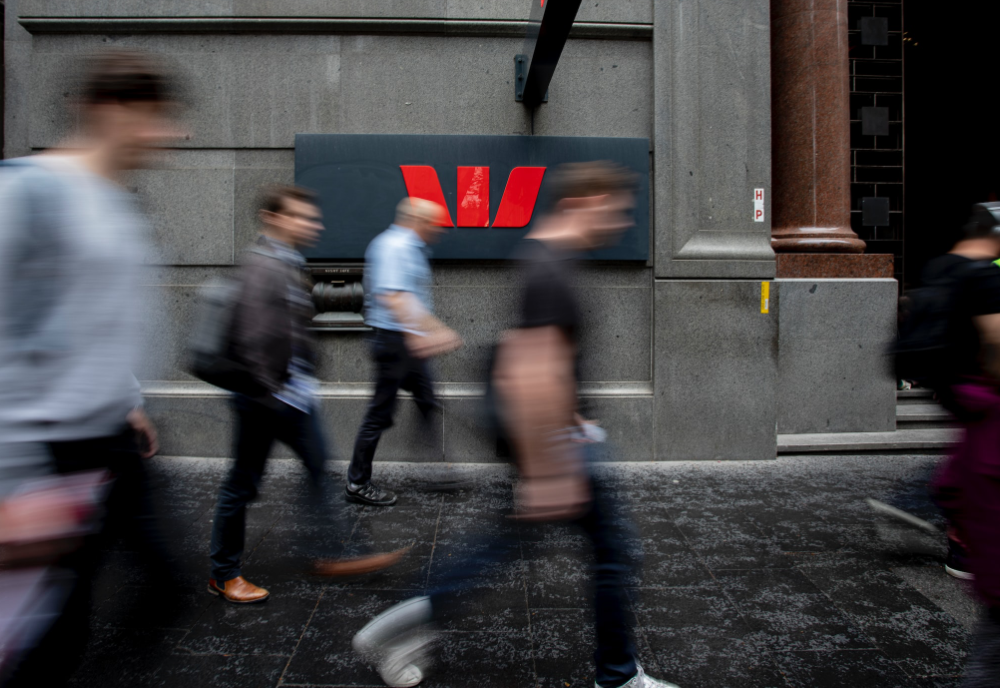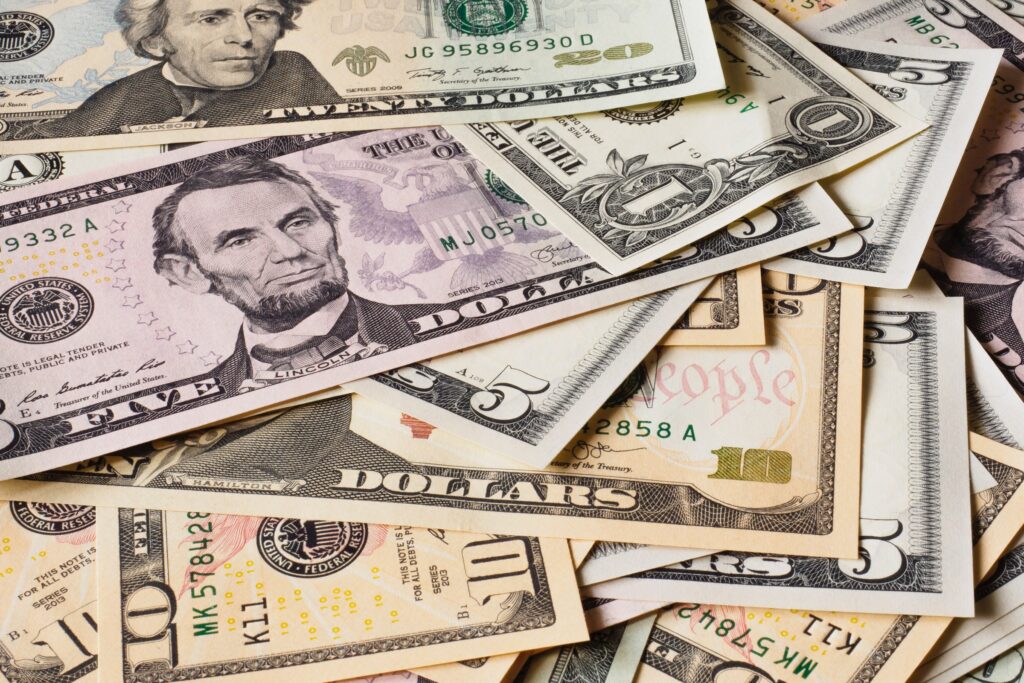Debt crises are as old as civilisation itself. The reason is simple. Compound interest increases geometrically, whereas economic activity only increases arithmetically. So over time the debt accumulates faster than the economy and becomes too large to be serviced. The system starts to fall apart.
As the historian of finance Michael Hudson shows, the problem of unsustainable debt that comes about through the use of interest-bearing loans first emerged 5000 years ago in agrarian 3rd millennium BCE Mesopotamia.
To solve the problem, the jubilee year of debt forgiveness was invented to restore financial balance by annulling the backlog of crop debts that had accrued, liberate indebted bondservants and their families, and restore land-tenure rights to enable debtors to continue living productively, pay taxes and be available for military service.
The current debt crisis facing the world economy is, thus, not unusual, although it is perhaps the first time it is truly global. Nevertheless, there is a crisis.
In 2021, global debt reached a record $US303 trillion, up from $US226 trillion the year before – a disastrous jump. It represented the biggest one-year debt surge since the Second World War, according to the IMF.
On the face of it, that debt is unpayable. The world economy is about $US85 trillion; the debt is 350 per cent of global GDP.
Notionally, if the interest rate on that $US300 trillion were 2 per cent – bearing in mind that interest rates vary widely around the world – the payments equate to 7 per cent of the world economy. If the rate were 3 per cent, the interest payments equate to about a tenth of the world economy.
If it is hard to see how such debt can be paid, it is just as hard to see how private Western banks can institute debt forgiveness. As a rough rule of thumb, banks lend out about 20 times what they take in as deposits. Forgiving just 5 per cent of the debt would mean wiping out their capital base.
China, which also has unsustainable debt levels, may be able to forgive debt more easily because its banks are state owned. Indeed, there are signs that disgruntled mortgage owners in that country are imposing their own jubilee anyway.
But, if China does go down that route, it will suffer a severe economic slow down – a disproportionate amount of its economy is business investment, mainly in the property market – and will have to completely seal off its economy and financial system from the outside world, a move that is already in progress.
The current debt crisis is severe enough, but what makes the situation uniquely dangerous is that at the same time there has also been an extraordinary level of experimentation with new types of monetary transactions.
It is common to hear, especially from proponents of cryptocurrencies and self-appointed finance gurus, that what has gone wrong in the financial system is that, since the abolition of the gold standard in 1971, we have had a system of fiat money: money determined by government fiat.
The argument is that moving away from a tangible asset like gold meant undermining money itself. Advocates of Bitcoin, for example, claim that the solution is to use a shared algorithm as a way to escape government dictates.
If it is hard to see how such debt can be paid, it is just as hard to see how private Western banks can institute debt forgiveness.
It is a completely wrong analysis. In fact, the exact opposite happened. In the late 1980s, ‘financial deregulation’ was implemented across the Western world. Few seemed to notice that this was a logical contradiction. Finance cannot be deregulated because it consists of rules: as Aristotle commented, money “exists not by nature but by law (nomos).” Deregulating finance is like trying to take the wetness out of water.
What was rather being done was not ‘deregulation’ – whatever that was supposed to mean – but private actors replacing government authorities as the creators of the rules of money. For example, before ‘financial deregulation’ government authorities could exert some control over the quantity of money in the system. After financial deregulation, they only have any control over the cost of money, the interest rate.
Decisions about how much money could be created was handed over to the private banks, and of course they were very aggressive in increasing the quantity of money because they profit from it.
In Australia it is seen most starkly in the bank-fuelled asset inflation in the housing market, which has been going on for over two decades.
It is true that government authorities have made many mistakes for which they are justly criticised. The biggest of them, implemented since the 2008 financial crisis, has been the continuous lowering of interest rates to almost zero. This was a catalyst for the debt build up because it became so cheap.
The cost of capital, the interest rate, is the central discipline in capitalist economies. Remove it and you get ill-discipline and excess, which is exactly what occurred.
Another dubious move was central banks moving to quantitative easing – that is, having the central bank buy back debt and put it on what is, laughably, referred to as its balance sheet. It was another way to stave off the inevitable by effectively printing money and will not work.
Yet, for all the mistakes of government, far greater travesties were committed by private financial actors. They gleefully took the opportunity to make up new types of money. In that sense, the cryptocurrency players are just perpetuating the problem of a debauch with privately invented money.
The most ridiculous money invention is happening in the foreign exchange markets. According to the Bank for International Settlements, about $US2372 trillion a year is transacted each year. Total annual global trade is valued at $US28.5 trillion. That means trade represents only about 1.2 per cent of total foreign exchange turnover.
The foreign exchange market is not really a mechanism for the exchange of goods and services; it is mostly made up of financial magic tricks, made-up money. About half of it is foreign exchange swaps, a type of derivative.
The question is: How will a familiar debt crisis play out when we have a financial system that is full of meta-money and forms of trickery that are entirely new? Only the very brave would think they know the answer. These are dangers we have not seen before.
If you wish to republish this original article, please attribute to Rationale. Click here to find out more about republishing under Creative Commons.
Photo by Pat Whelan on Unsplash.







